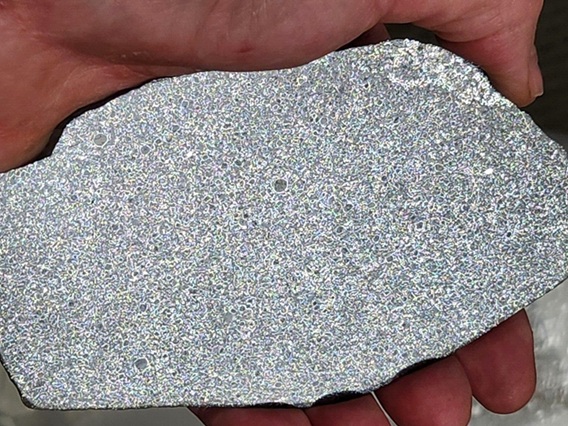| O-ISOTOPIC COMPOSITIONS | |||
|---|---|---|---|
| δ18O (‰) | δ17O (‰) | Δ17O (‰) | |
| GRO 95551 | 5.0800 | 3.1300 | |
| Reggane 006 | 5.0710, 5.0250, 5.4100, 5.0980 | 3.1350, 3.1860, 3.3690, 3.2230 | 0.4980, 0.5730, 0.5560, 0.5720 |
| Sierra Gorda 009 | 6.1690, 6.2630 | 3.7360, 3.7630 | 0.5280, 0.5060 |
| NWA 5492 | 4.79 | 2.93 | 0.43 |
